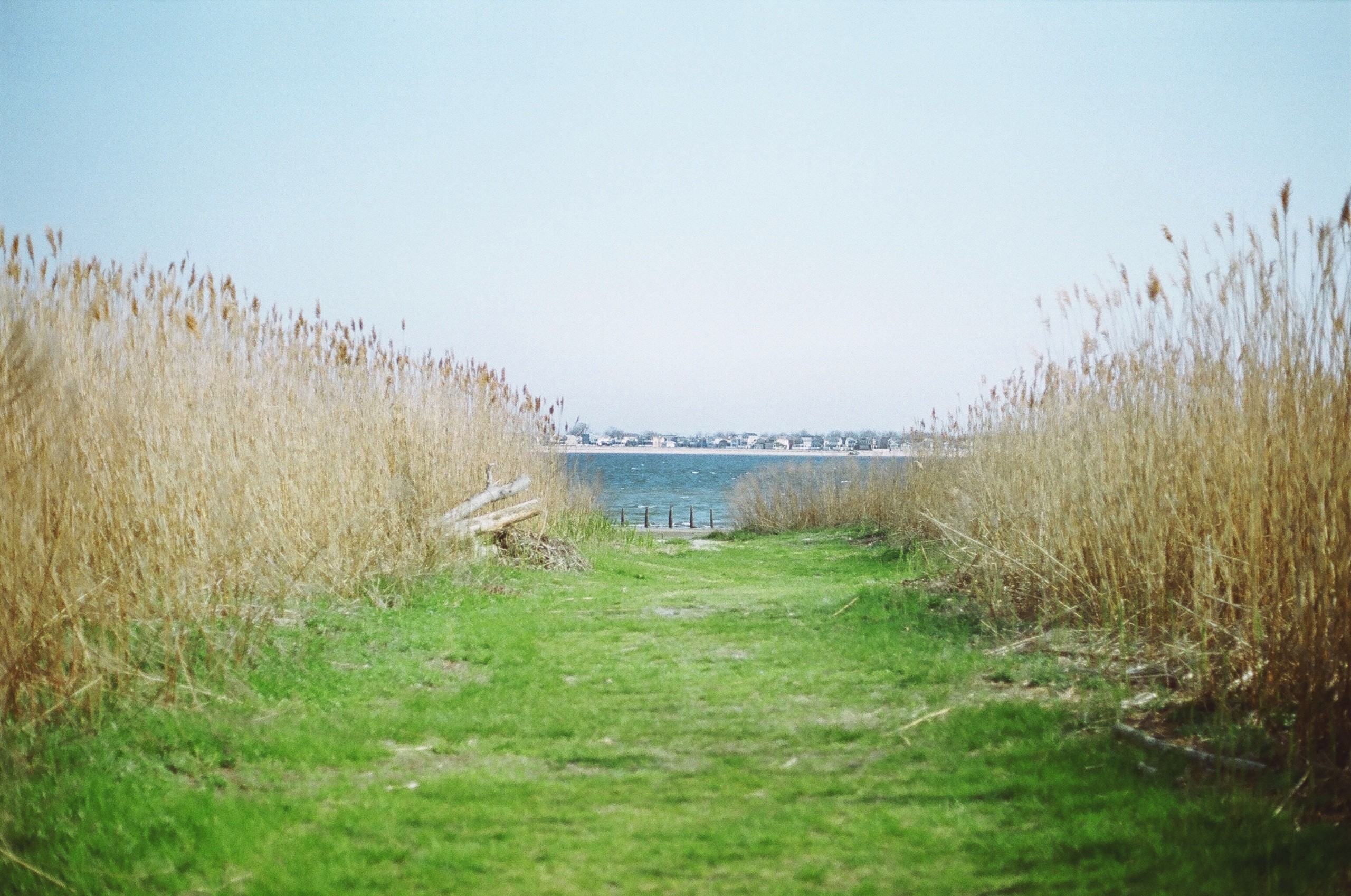Making Zone-A: Race, Nature, and Resilience on New York’s Most Vulnerable Shores
Ayasha Guerin
World Arts and Cultures/ Dance
UC Los Angeles
In New York, landfill has long been an important tool of settlement and urban growth, with today’s Manhattan being 30% larger than the island the Lenape inhabitants knew. Most of the species-rich reefs and wetlands of pre-colonial New York have been “reclaimed” by dredge technologies, filled with urban waste and ballast from merchant ships to make valued real estate. Historically, this land has served as the frontline of crisis for racialized communities, who have always lived as tenants in exploitative housing systems and labored under precarious environmental conditions at the coast. Mapping the intersections of environmental and social justice on the New York Waterfront, “Making Zone A: Race, Nature and Resilience on New York’s Most Vulnerable Shores” models the importance of historicizing the liminal space between land and sea—the Zone A (flood zone)—for understandings about relations between race, nature, and value. I trace the way that managing treatments of species has worked to confine and violently situate Indigenous and Black communities at sea and look to the politics of fugitivity and interspecies mobility across the New York archipelago as a method with which to study the crisis of colonial capitalism.
Image credit: Ayasha Guerin.

